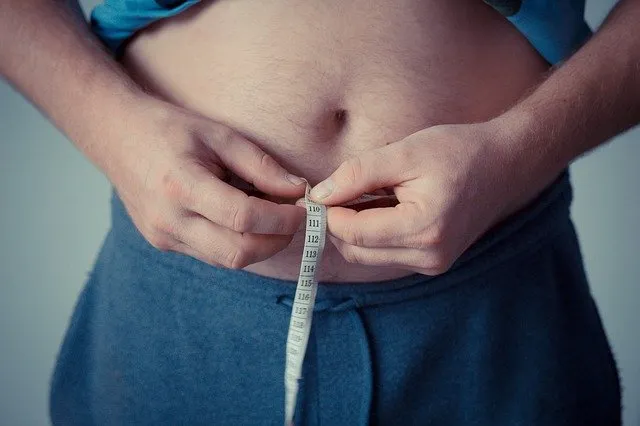The Origin of the Term “Dad Bod”

The term “Dad Bod” entered the mainstream in 2015, thanks to an article written by Mackenzie Pearson, a student at Clemson University. Published on the platform “Odyssey,” the article titled “Why Girls Love The Dad Bod” quickly gained popularity and sparked widespread discussion. In her article, Pearson described the dad bod as “a nice balance between a beer gut and working out.” Essentially, the term was coined to characterize fraternity boys who hadn’t been hitting the gym regularly.
Pearson elaborated that the dad bod represents a physique that suggests, “I go to the gym occasionally, but I also drink heavily on the weekends and enjoy eating eight slices of pizza at a time.” It portrays a middle ground between being overweight and having washboard abs. This body type is not characterized by excessive fat, but neither is it marked by toned muscles.
Pearson’s observations suggested that women often found the dad bod more appealing than a more traditionally fit physique. This preference, she argued, stemmed from the dad bod’s association with a relaxed, confident, and approachable personality, rather than the sometimes intimidating or overly serious demeanor that might accompany a more chiseled body.
However, the popularity of the dad bod raises important considerations about health. While the dad bod might be seen as attractive and relatable in one’s younger years, carrying this body type into one’s forties and beyond can pose significant health risks. Excess weight, particularly around the abdomen, is linked to various health issues, including cardiovascular disease, diabetes, and metabolic syndrome. Therefore, while the dad bod might be celebrated for its aesthetic appeal and the laid-back lifestyle it represents, it’s crucial to address and manage the potential health implications as one ages.
Disclaimer: Always consult your doctor before trying anything mentioned in this article. All information in this article is intended for educational use only and is not a substitute for professional medical advice, diagnosis, or treatment. Fit Dads Fitness is not responsible for the accuracy, completeness, suitability, or validity of any information in this article.


